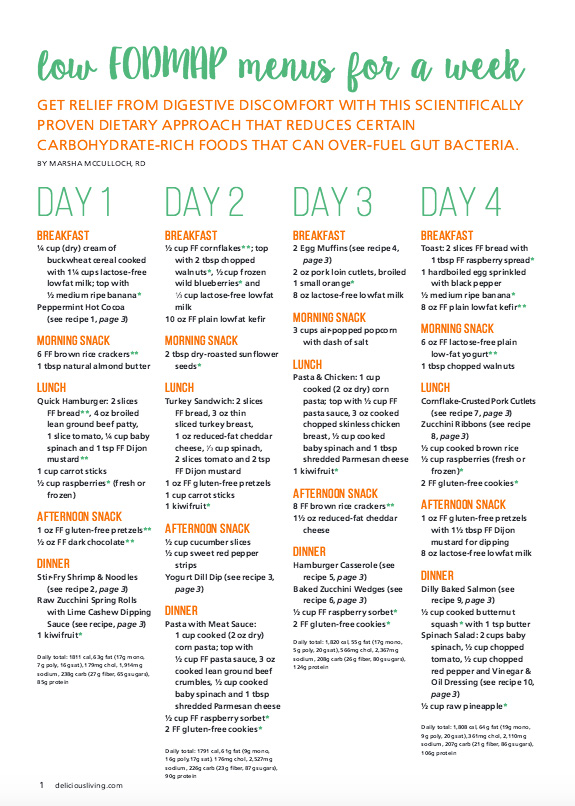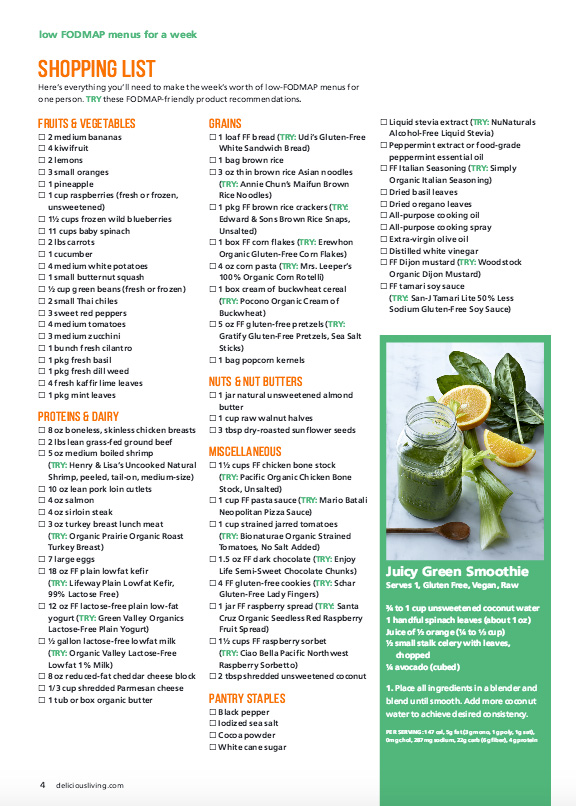This time of year can be rough on our digestive systems with rich foods and drinks, plus an extra dose of stress which can cause digestive distress with even the best of diets. It’s no wonder January is the time for resolutions and high motivation, because as fun as celebrating and indulgence can be, if it makes us feel unwell, we innately want to heal ourselves. It seems to just be human nature. Actually, more like nature nature, or life nature, or however you want to call it because it’s not just humans who intuitively curl up and focus on healing when they need to. We don’t have to hermit ourselves away in a cave with nuts and berries though, we can get through the season of indulgence with a little less bloating and a little more health with a couple of natural helpers: enzymes and probiotics.
Enzymes are found in our bodies, saliva, and fresh fruits and vegetables. They are one of the main reasons raw foodists (those on a raw foods diet) tout eating raw foods only. Cooking kills enzymes, and certainly processing and packaging does as well. Needless to say, most of us do not get the quantity of enzymes that we used to in our diets, nor enough to keep our digestive system working optimally. You may have heard about enzymes in regards to juicing as well, because fresh juice has a bunch of them, but then they quickly die off which is why fresh juice is supposed to be so much better than bottled juice. Enzymes can also be taken in supplement form, or bitters can be taken to encourage your own body to produce its own enzymes before eating. Both forms of supplementation should be taken before meals, usually about ten minutes before eating is optimal. There are different kinds of enzymes, so if you want a broad array, pick one with many listed, or if you are interested in just one or two for specific reasons, such as lactase to break down lactose, you can find those as well. Personally, I like Rainbow Light’s enzymes because they have a broad spectrum and additional herbs to help digestion.
Bitters usually come in a dropper or spray form, and the taste is important so you leave the liquid in your mouth a few seconds before swallowing. My favorite are Herb Pharm’s classic Better Bitters. If you suffer from food intolerances, even just mild ones, enzymes and/or bitters supplementation can help. Enzymes help break down the food so the digestive system can handle it properly and assimilate it optimally. Too large of pieces slow down the digestion, resulting in buildup and bloating. When you take in enzymes, or use bitters, you are priming your body for the work it needs to do, and assisting it.
Probiotics work deeper down in the digestive tract and should be taken after meals or between meals. Probiotics are the good bacteria in the intestines which help break down food there, and help keep the bad bacteria and yeast in check. Probiotics are talked about in terms of balance because the correct flora balance in the intestines is key to good health throughout the body. It is always important to take probiotics after a round of antibiotics because those kill probiotics and upset the flora balance in the intestines, which can lead to bad bacteria or yeast (candida) taking hold. Probiotics are found in fermented foods such as kombucha, kefir, yogurt, and kimchi. Eating and drinking these foods can be helpful, but most western diets have a negative cumulative effect on the good intestinal flora in the first place from eating too many processed foods and not enough fresh foods which contain prebiotics that the probiotics need to survive and thrive. And of course sugar has a negative impact on intestinal flora by fueling the harmful bacteria and yeast.
A balanced intestinal environment leads to healthy digestion with less bloating and gas, and improved immune system. It has also been linked to better mental and emotional health with the gut being named ‘the second brain’. As with enzymes, there are many types that can be taken in a pill, so picking one with a broad array of strains and a high potency is recommended. Many people change brands each time they buy a new bottle in order to introduce the broadest spectrum of probiotics to their bodies, but if you find one that works well for you, there is no need to abandon it. My two favorites are Vsl3 and Visbiome. The one pictured above with given to me as a sample and is focused primarily on the immune system.
There are other digestive helpers out there, but these are a great place to start to get through the richness of the holiday season which can be especially tough on those with food intolerances or other digestive issues.
Stay healthy and enjoy the season.






![39FBC3B3-0F39-4588-AB5B-3C9297420CC7[1] 39FBC3B3-0F39-4588-AB5B-3C9297420CC7[1]](https://i0.wp.com/botanicalalchemyandapothecary.com/wp-content/uploads/2017/12/39FBC3B3-0F39-4588-AB5B-3C9297420CC71.jpg?w=427&h=428&ssl=1)
![358B4358-682E-41F2-B5BB-EB99D945DA3B[1] 358B4358-682E-41F2-B5BB-EB99D945DA3B[1]](https://i0.wp.com/botanicalalchemyandapothecary.com/wp-content/uploads/2017/12/358B4358-682E-41F2-B5BB-EB99D945DA3B1.jpg?w=393&h=428&ssl=1)
![7EA6F214-7750-46D5-B64D-2DB97A8E5628[1] 7EA6F214-7750-46D5-B64D-2DB97A8E5628[1]](https://i0.wp.com/botanicalalchemyandapothecary.com/wp-content/uploads/2017/12/7EA6F214-7750-46D5-B64D-2DB97A8E56281.jpg?w=548&h=549&ssl=1)
![2379A31B-D1F4-4D44-B384-290949061F1B[1] 2379A31B-D1F4-4D44-B384-290949061F1B[1]](https://i0.wp.com/botanicalalchemyandapothecary.com/wp-content/uploads/2017/12/2379A31B-D1F4-4D44-B384-290949061F1B1.jpg?w=272&h=273&ssl=1)
![9EE20E25-6B6A-4965-BC15-075AAAC7153C[1] 9EE20E25-6B6A-4965-BC15-075AAAC7153C[1]](https://i0.wp.com/botanicalalchemyandapothecary.com/wp-content/uploads/2017/12/9EE20E25-6B6A-4965-BC15-075AAAC7153C1.jpg?w=272&h=272&crop=1&ssl=1)
![88A159C2-6A06-492E-8153-34C0E069939F[1] 88A159C2-6A06-492E-8153-34C0E069939F[1]](https://i0.wp.com/botanicalalchemyandapothecary.com/wp-content/uploads/2017/12/88A159C2-6A06-492E-8153-34C0E069939F1.jpg?w=403&h=505&ssl=1)
![8E164685-CC11-4730-8DE1-1E054BBCDDE2[1] 8E164685-CC11-4730-8DE1-1E054BBCDDE2[1]](https://i0.wp.com/botanicalalchemyandapothecary.com/wp-content/uploads/2017/12/8E164685-CC11-4730-8DE1-1E054BBCDDE21.jpg?w=417&h=505&ssl=1)
![C7A4382B-45C4-4F75-95E2-949CC0B82568[1] C7A4382B-45C4-4F75-95E2-949CC0B82568[1]](https://i0.wp.com/botanicalalchemyandapothecary.com/wp-content/uploads/2017/12/C7A4382B-45C4-4F75-95E2-949CC0B825681.jpg?w=824&h=857&ssl=1)





![878E9D47-161F-408B-A7EB-AC880F078703[1] 878E9D47-161F-408B-A7EB-AC880F078703[1]](https://i0.wp.com/botanicalalchemyandapothecary.com/wp-content/uploads/2017/12/878E9D47-161F-408B-A7EB-AC880F0787031.jpg?w=386&h=387&ssl=1)
![4B9B9232-05B0-4460-BF2F-84A6013E2F76[1] 4B9B9232-05B0-4460-BF2F-84A6013E2F76[1]](https://i0.wp.com/botanicalalchemyandapothecary.com/wp-content/uploads/2017/12/4B9B9232-05B0-4460-BF2F-84A6013E2F761.jpg?w=434&h=387&ssl=1)

![F2261A3B-52A6-4674-9F80-8194B354D397[1]](https://i0.wp.com/botanicalalchemyandapothecary.com/wp-content/uploads/2017/12/F2261A3B-52A6-4674-9F80-8194B354D3971.jpg?resize=828.75%2C829&ssl=1)
![A81A3776-69C4-4B29-A043-60557620C05D[1]](https://i0.wp.com/botanicalalchemyandapothecary.com/wp-content/uploads/2017/12/A81A3776-69C4-4B29-A043-60557620C05D1.jpg?resize=828.75%2C829&ssl=1)
![A008679D-ADB6-4AFD-82E1-5235B4D0E01D[1] A008679D-ADB6-4AFD-82E1-5235B4D0E01D[1]](https://i0.wp.com/botanicalalchemyandapothecary.com/wp-content/uploads/2017/12/A008679D-ADB6-4AFD-82E1-5235B4D0E01D1.jpg?w=548&h=548&crop=1&ssl=1)
![120A6B08-7F23-4FAA-84D0-BA8A2C48CB30[1] 120A6B08-7F23-4FAA-84D0-BA8A2C48CB30[1]](https://i0.wp.com/botanicalalchemyandapothecary.com/wp-content/uploads/2017/12/120A6B08-7F23-4FAA-84D0-BA8A2C48CB301.jpg?w=272&h=272&crop=1&ssl=1)
![A18CAC3A-AD31-49DC-9200-9D4CDEA65B45[1] A18CAC3A-AD31-49DC-9200-9D4CDEA65B45[1]](https://i0.wp.com/botanicalalchemyandapothecary.com/wp-content/uploads/2017/12/A18CAC3A-AD31-49DC-9200-9D4CDEA65B451.jpg?w=272&h=272&crop=1&ssl=1)
![46E6B9E0-CDFE-484B-865E-DC9EAD882993[1]](https://i0.wp.com/botanicalalchemyandapothecary.com/wp-content/uploads/2017/12/46E6B9E0-CDFE-484B-865E-DC9EAD8829931.jpg?resize=819%2C1024&ssl=1)
![13C35F30-B2D6-40DC-9997-F2310C153E1D[1]](https://i0.wp.com/botanicalalchemyandapothecary.com/wp-content/uploads/2017/12/13C35F30-B2D6-40DC-9997-F2310C153E1D1.jpg?resize=828.75%2C829&ssl=1)
![7C1B0AEA-38EE-4B48-AD2A-95AF38FF386E[1] 7C1B0AEA-38EE-4B48-AD2A-95AF38FF386E[1]](https://i0.wp.com/botanicalalchemyandapothecary.com/wp-content/uploads/2017/12/7C1B0AEA-38EE-4B48-AD2A-95AF38FF386E1.jpg?w=548&h=549&ssl=1)
![A9312552-507D-4F2D-A6EB-9183DABA6431[1] A9312552-507D-4F2D-A6EB-9183DABA6431[1]](https://i0.wp.com/botanicalalchemyandapothecary.com/wp-content/uploads/2017/12/A9312552-507D-4F2D-A6EB-9183DABA64311.jpg?w=272&h=273&ssl=1)
![C728EAFE-CDC7-4D2D-AEFD-5E56D1382170[1] C728EAFE-CDC7-4D2D-AEFD-5E56D1382170[1]](https://i0.wp.com/botanicalalchemyandapothecary.com/wp-content/uploads/2017/12/C728EAFE-CDC7-4D2D-AEFD-5E56D13821701.jpg?w=272&h=272&crop=1&ssl=1)